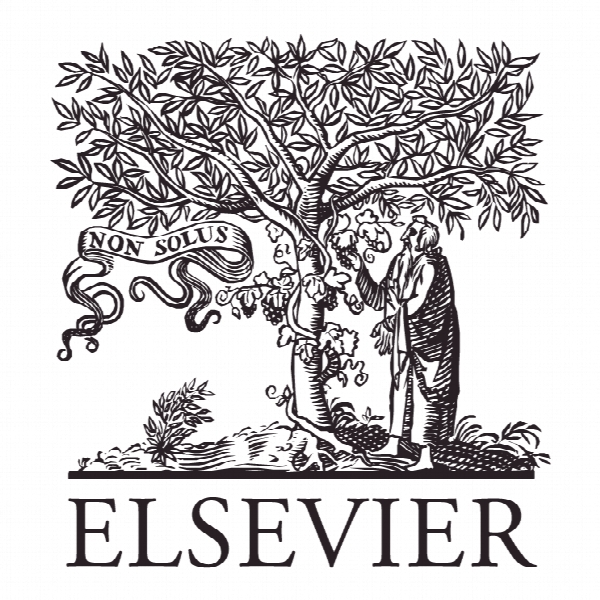کنترل بهینه از پویایی مشتری بر اساس سیاست بازاریابی Optimal control of the customer dynamics based on marketing policy
- نوع فایل : کتاب
- زبان : انگلیسی
- ناشر : Elsevier
- چاپ و سال / کشور: 2018
توضیحات
رشته های مرتبط مدیریت
گرایش های مرتبط بازاریابی، مدیریت منابع انسانی
مجله ریاضی کاربردی و محاسبات – Applied Mathematics and Computation
دانشگاه Universidade da Beira Interior – Portugal
شناسه دیجیتال – doi https://doi.org/10.1016/j.amc.2018.02.027
منتشر شده در نشریه الزویر
کلمات کلیدی انگلیسی Compartmental model, Optimal control, Marketing
گرایش های مرتبط بازاریابی، مدیریت منابع انسانی
مجله ریاضی کاربردی و محاسبات – Applied Mathematics and Computation
دانشگاه Universidade da Beira Interior – Portugal
شناسه دیجیتال – doi https://doi.org/10.1016/j.amc.2018.02.027
منتشر شده در نشریه الزویر
کلمات کلیدی انگلیسی Compartmental model, Optimal control, Marketing
Description
1. Introduction Firms spend millions of euros on marketing budgets. The CMO report conducted in 2017 by the Fuqua School of Business, the American Marketing Association and Delloite shows that firms allocate, in general, between 10% and 20% of their revenues on marketing budgets, depending on the sector where they operate. Considering the high amounts involved, it is very important to optimize that allocation. However, as stated by Gupta and Steenburgh [6] allocating marketing resources is a complex decision that until recently has been done based on very simple heuristics or decision rules. Among marketing decisions and strategy is the decision to invest in referrals programs. These programs encourages current customers to recruit new customers based on rewards [15]. Contrary to other marketing programs purely based on spontaneous word-of-mouth, referral programs are marketer directed with possibility to control message content [3]. However, studies that help marketers to decide about the resource allocation to referral programs are scarce. For decades, firms have been searching for the best way to maximize profits and reduce costs. Classical models usually look for ways that help firms allocating their marketing resources while maximizing profits [1]. However, more recently models have tried to maximize customer equity (the net present value of the future profit flow over a customers lifetime [12] through an optimal marketing resources allocation [8]). In this sense, and based on the assumption that the number of customers in a market is limited, it is important to attract/capture new customers at earliest as possible as, otherwise, they can be attracted/captured by competitors. At the same time, a customer late attraction/caption will also reduce their customer equity. Following the growing interest of social networks by product marketing managers, recently the classic epidemiologic models have been applied with success to specific marketing communication strategy, commonly referred as viral marketing. An application of epidemiology to a real-world problem can be found in [14]. Previously, in [17] the authors of this work proposed a compartmental model suitable to describe the dynamics of the number of customers of a given firm. That model was given by a system of ordinary differential equations whose variables correspond to groups of customers and potential customers divided according to their profile and whose parameters reflect the structure of the underlying social network and the marketing policy of the firm. Understand the flows between these groups and its consequences on the raise of customers of the firm was the main goal.


